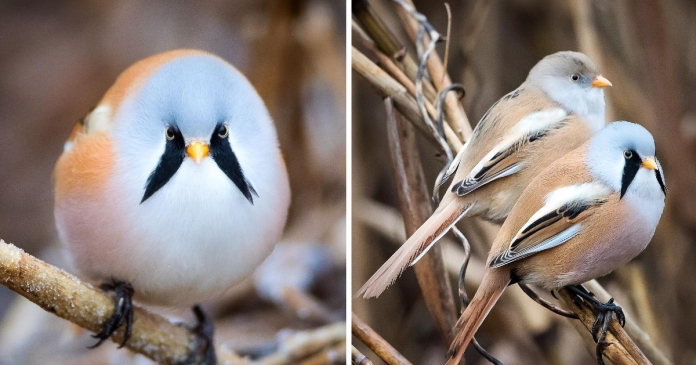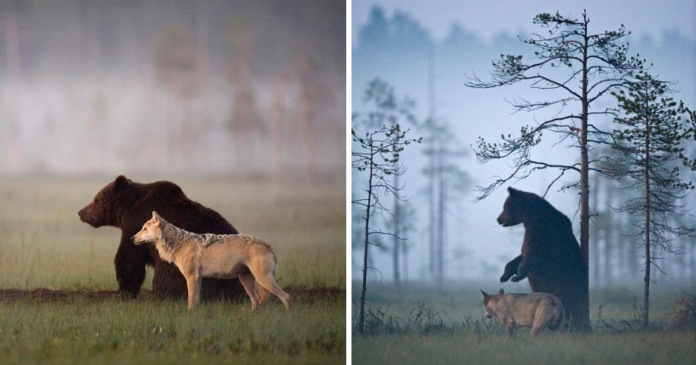Absolutely beautiful birds – The most Beautiful, Spix.
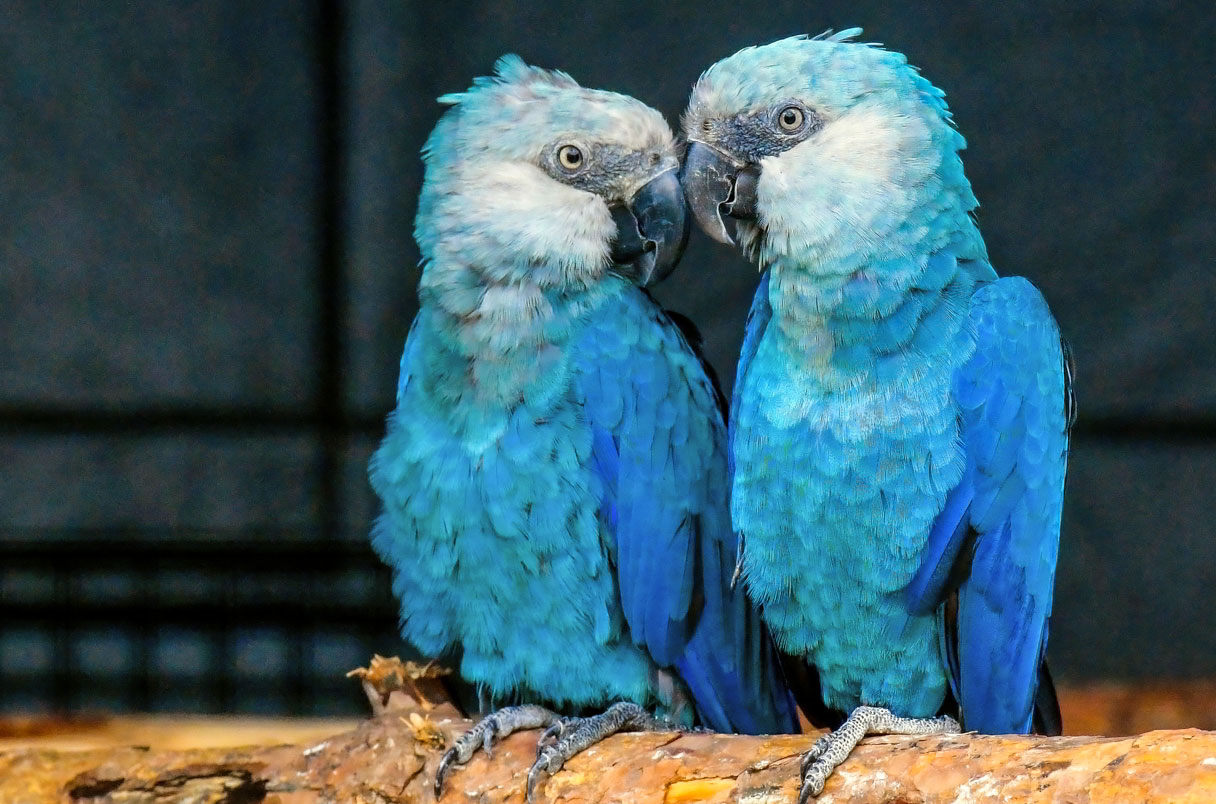
Its lovely to reintroduce these animals back into ‘nature’ but just imagine how that habitat has changed, and unfortunately people DO NOT.
BUT hope this project is wildly successful.
In 1995, conservationists and scientists launched a desperate attempt to save the world’s rarest bird, the Spix’s macaw, a blue-gray parrot.

On June 11, more than 25 years after the last female disappeared, plans are in motion to release eight Spix’s macaws from captivity into the wild. Twelve more are scheduled to follow by year’s end, with more to come in subsequent years. If successful, these releases will establish a new population of Spix’s macaws in their natural habitat.
The Spix’s macaw’s native habitat is the caatinga, a tropical dry forest in northeastern Brazil covering 10% of the country. Historically, they nested in hollows of old caraibeira trees along creeks, feeding on seeds and nuts. However, increasing human activity in the caatinga has drastically reduced their numbers.
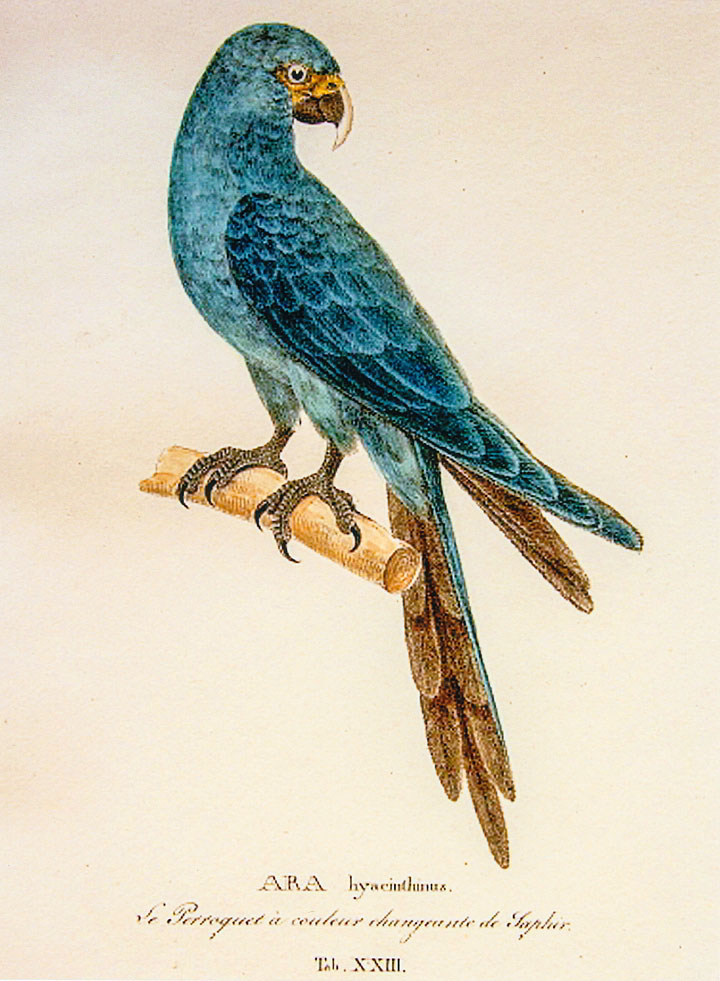
The team aims for this mixed flock to integrate with wild Illiger’s macaws in the caatinga, leveraging their expertise in predator avoidance, foraging, and navigation.
Releasing birds at the appropriate age helps maintain group cohesion. Spix’s macaws typically begin breeding around age 4 and often return to the same nesting sites annually.
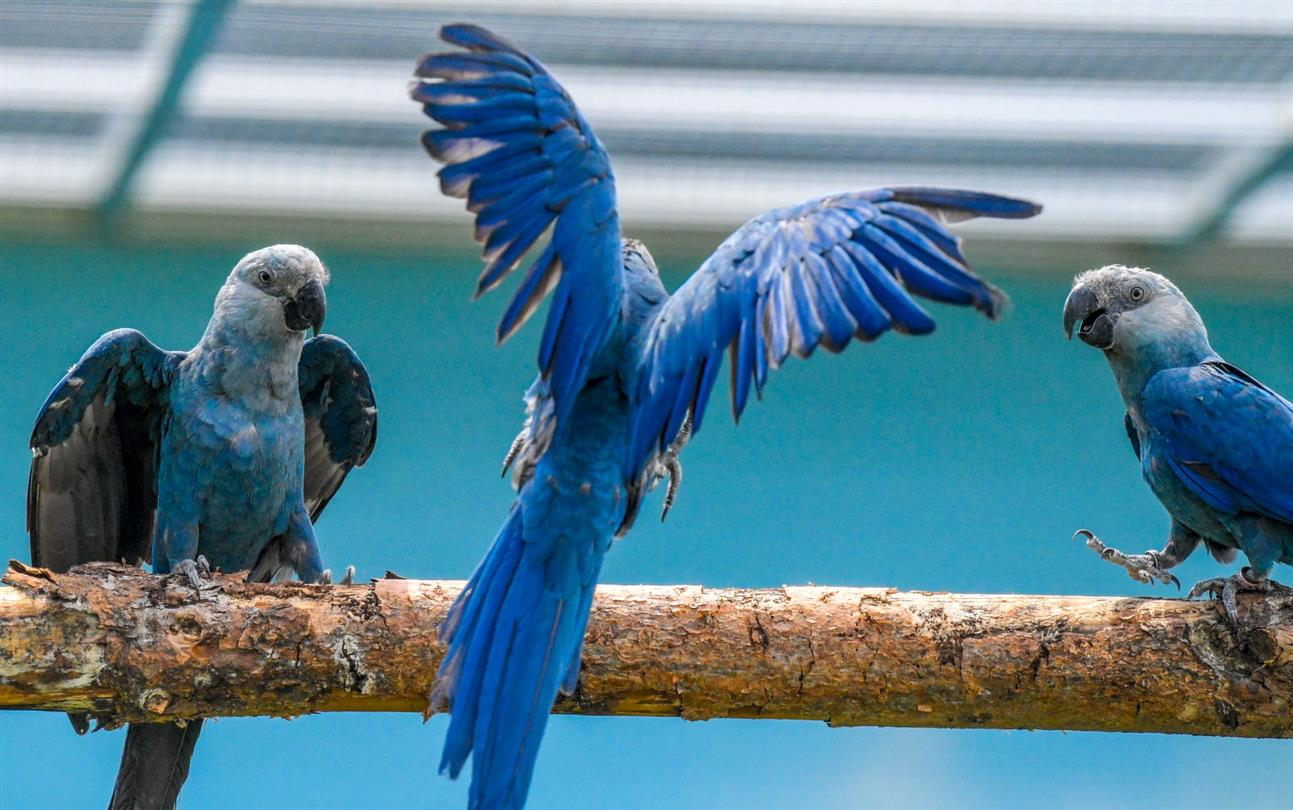
When reviewing 47 releases of captive parrots into the wild, researchers found that predation posed the greatest threat to success. To mitigate this risk, metal bands were placed around trees with nest hollows or nest boxes to prevent predators like opossums from climbing them.

Reintroduction programs are challenging and time-consuming endeavors. We wish this program success, knowing it may require many years of dedicated effort to establish a self-sustaining population.
